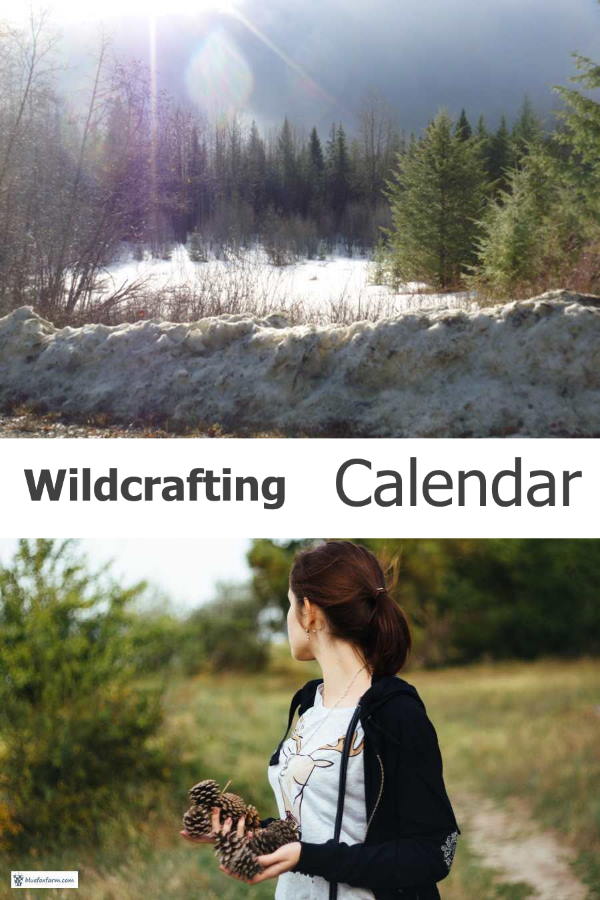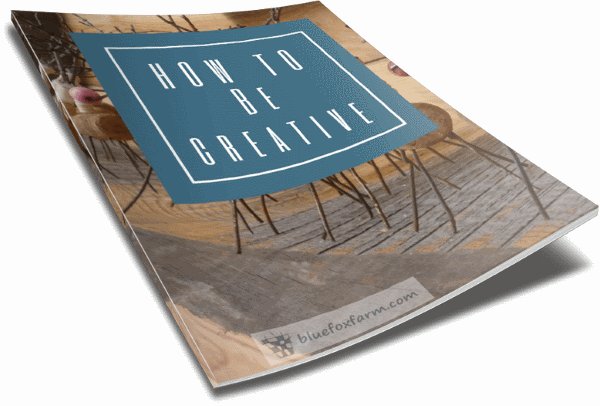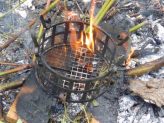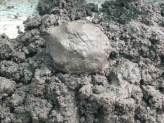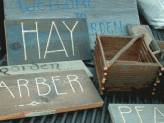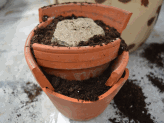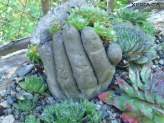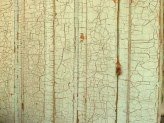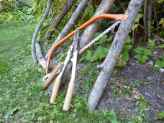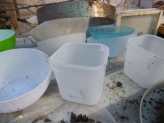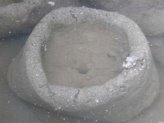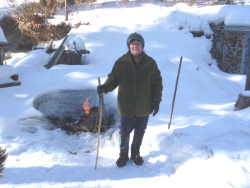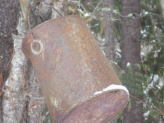Wildcrafting Calendar
When to start looking
for berries, nuts and natural craft supplies
Wildcrafting of the many usable items and botanicals from nature can be spread throughout the year. The best times can change with your locale, the seasons and with climate change as well.
The best times of year vary with your location, but sometimes there are clues as to when things are ready.
If you hear woodpeckers drumming, those first warm days of spring are ideal for collecting willow that will peel to reveal the lovely white wood beneath. At other times of the year, the sap isn't rising, so the bark won't be as easy to peel.
If you want the bark to stay on the twig and become part of your craft, harvest the twigs in the late summer, keeping in mind that you will have to remove the leaves, a big chore if you have lots of twigs.
Harvesting twigs for crafts is an art.
If you want the bark to stay on, and have missed the opportunity in the summer, use the fall months after the leaves are off, or even in the winter if you can access the growth.
Keep an eye on the weather too; the best driftwood collected from the beach is soon after a vicious storm with high winds.
This means that the driftwood will have been flung high up on the beach (easier to get at and drag to your vehicle) and it will also be drier (not as heavy). Ideally, there will have been a lot of rain too, to wash off the salt if you're collecting from the ocean.
The best times to beachcomb for shells and seaglass are after a storm, not during it - give it a day or so before planning to head to the waterfront.
Low tide is best, so get a local tide table to determine the best times. Look for that area where small pebbles collect and settle, this will give you the best chance of finding them.
For the best mushroom picking, the best time is in the spring after a wildfire has been through the year before. The spores of many mushrooms need heat to germinate.They need a good rain to germinate the spores.
This wildcrafting calendar will help you to figure out the best time to start checking the woods for mushrooms, when to harvest willow for baskets, the ideal season to look for shed antlers and whatever other natural craft supplies.
If you're a wildcrafter with the knowledge of when to harvest, glean or collect natures bounty, I want to hear from you.
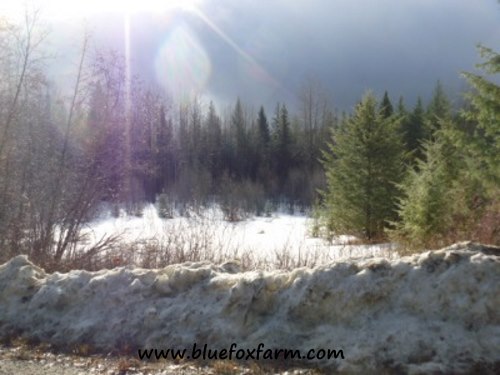
Don't worry, your secrets are safe with me. Don't divulge a particular spot that you go to - a simple gardening zone if you know it, or an elevation above sea level, or a description of local plants will help each wildcrafter to determine the best times to go wildcrafting.
Add your input to the wildcrafting calendar, and if you're an avid collector, herbalist or artisan using wildcrafted craft supplies, herbs or any other natural item in your lifestyle, share your knowledge.
When do you collect natures bounty?
How do you know when to glean, harvest and collect the wealth that nature provides? Finding the right time and season to go wildcrafting for your particular item is an art - share it!
What Other Visitors Have Said
Click below to see contributions from other visitors to this page...
Moss in November
Before the ground freezes and before the snow flies, moss greens up nicely after those first fall rains. Finding the moss under the carpet of leaves is …
Dwarf Mountain Lover
I make bouquets from my garden of all the flowers that are blooming on the day. This is close to the end of June, and a later start to summer than usual, …
Mushrooms
Mushrooms can be collected throughout the summer, but it's totally weather dependent. I check my areas often (my areas are kept secret), especially a …
Shed Antlers
The absolute best time in my area (Kootenay Boundary country in British Columbia) to look for 'sheds' or antlers that the deer drop in their annual cycle …
June to August - Pinus ponderosa cones
I usually collect my pine cones for crafts any time during the summer. The best times are soon after they ripen and fall, as they sometimes get trampled …
March - Willow Twigs for Baskets
I collect willow for basket making in March, after the snow is melted a bit, but before the sap starts to rise. Once the sap begins to flow, the bark …
Learn what it takes to be creative - we all have the gene but how do we develop it? Get the free guide!
Fill in the form below for your copy;
(Don't be disappointed - use an email address that will accept the free download - some .aol email addresses won't.
If you don't see your download within a few minutes, try again with another email address - sorry for the bother.)
